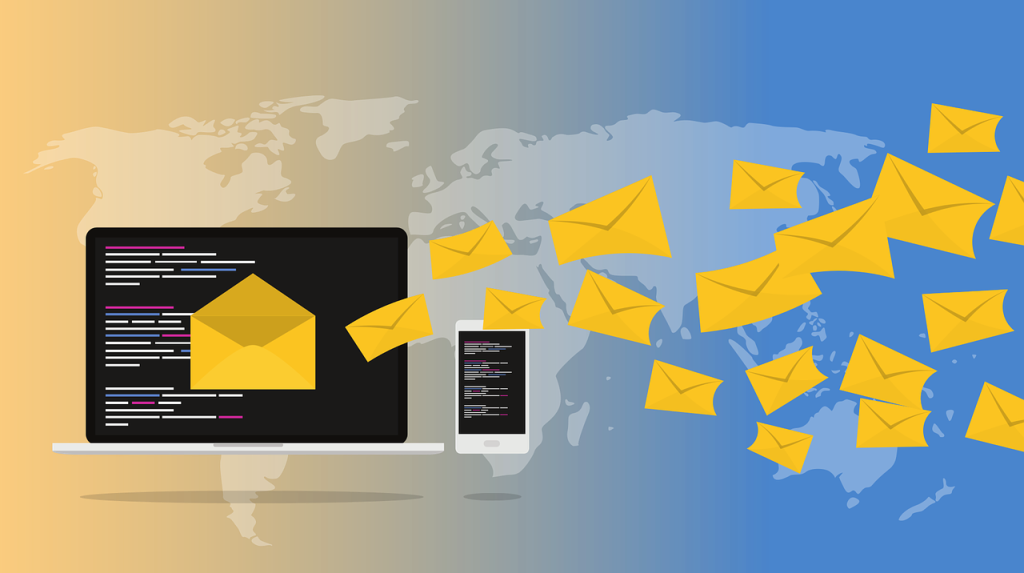Email subscriptions are the lifeblood of media companies – they enable direct communication with readers, build loyalty and attract vital revenue. So, why are many news websites still using outdated email collection tools?
When you think of AI, you don’t instinctively think of it completing business-as-usual tasks like collecting email. But AI can attract subscriptions in a high-impact way which optimises your workload. In this article, we look at smart new ways to boost your newsletter subscriptions, powered by predictive analytics, sentiment analysis and other AI tools.
Email fails
Traditionally when it comes to email collection, media companies tend to use unobtrusive plug-ins quietly placed throughout their content. This seems logical, as it avoids interrupting the user experience and irritating the reader.
The trouble is this: many users miss the call-to-action entirely as it is buried among the digital clutter. These conventional email subscription methods have become even less effective in recent years, as readers suffer digital fatigue and their inboxes reach saturation point.
Against this backdrop, news websites must revolutionise their email subscription strategy to survive. And in most cases artificial intelligence outstrips traditional email collection – it’s the way for media companies to gain the strategic edge on your competition.
Let’s look at three ways an AI-enabled approach can generate stronger loyalty, create higher impact and reduce the strain on your resources. Most importantly, these AI tools can be implemented pretty quickly, with relatively little technical lift.
Perfect timing with predictive analytics
When are your casual, infrequent readers most likely to subscribe? Your success in collecting their email address and other details is often a matter of one thing—timing.
By analysing user behaviour, preferences and historical interactions, media companies can predict this ideal moment for soliciting email subscriptions. Predictive analytics is already used by nytimes.com to request information from users at the peak of their interest.

The technology which powers this is machine Learning (ML), with predictive tools like scikit-learn enabling media companies to develop ML models that understand user preferences, deliver tailored content, and elevate the user experience.
Adopting this predictive approach doesn’t have to be arduous and time-consuming, some out-of-the-box and no-code solutions do the work for you.
Segmenting users with sentiment analysis
Tapping into what your users love – and avoiding what they hate – is another clever way to nurture your reader relationship and maximise the impact of your calls-to-action. Plus by classifying your readers into different categories, you can create the right value exchange.
Sentiment analysis makes this happen. It uses the powerful AI tool of natural language processing (NLP) algorithms to gauge the emotional reaction of users to pieces of content. AI tools can recognise when a user expresses a positive sentiment towards specific topics or content types, then trigger targeted calls-to-action which capitalise on those preferences.
To put it more technically, NLP enables media businesses to identify high-probability engagement points by analysing user interactions and content sentiment. The suite of libraries on the Natural Language Toolkit, or NLTK, is widely used for this sort of text analysis.
Powering personalisation with generative AI
Personalisation is at the heart of successful AI-powered email collection. Media companies can dynamically generate personalised calls-to-action by employing generative AI models. Take Scandinavian digital media group Schibsted – the family of brands not only uses AI to spark creativity in newsrooms but also enhances its newsletter subscriptions with generative algorithms that recommend personalised emails to users based on their preferences.
What’s incredible about generative AI is that it allows you to create and serve a huge variety of content in your calls-to-action. A state-of-the-art language generation model like OpenAI’s GPT-4 can be employed to experiment with and optimise email content for maximum user engagement.
Imagine personalising your own email collection strategy using content created in real-time by AI, which is completely relevant to your users based on their personal interests. The technology is here, you just need to use it.
Bonus tip: measuring success
But how can you evidence the impact of these AI tools for your media company? According to our AI and engagement experts at Bridged Media, understanding your email collection success requires tracking key performance indicators (or KPIs) beyond the conventional metrics. To start, think of your email subscription KPIs in two distinct areas – before collection and after collection.
Pre-collection, you should be analysing indicators like email penetration (which is the percentage of your total email subscribers out of all users) and conversion rate, the percentage of users subscribing to email when shown your call-to-action.
After collection, consider evaluating metrics like email open rate (simply the percentage of users who opened your email campaign) and click-through rate, the percentage of users who clicked on a link from the email campaign.
Setting targets for your KPIs is vital, and is best achieved by understanding your baseline metrics then aiming for incremental improvements. For example, a tangible, achievable goal might be increasing your email open rates by 15% in the next quarter or boosting lead quality by 20% over the next six months.
Easy AI with Bridged
Bridged Media offers a revolutionary no-code AI solution, empowering media companies to seamlessly integrate AI into their email collection strategies. We helped sports publisher BOAS double its newsletter signups and Greenways Publishing increase its sign-up rate six-fold. Bridged’s out-of-the-box tools eliminate the need for extensive data processing or dedicated AI resources, making AI adoption accessible and efficient.

